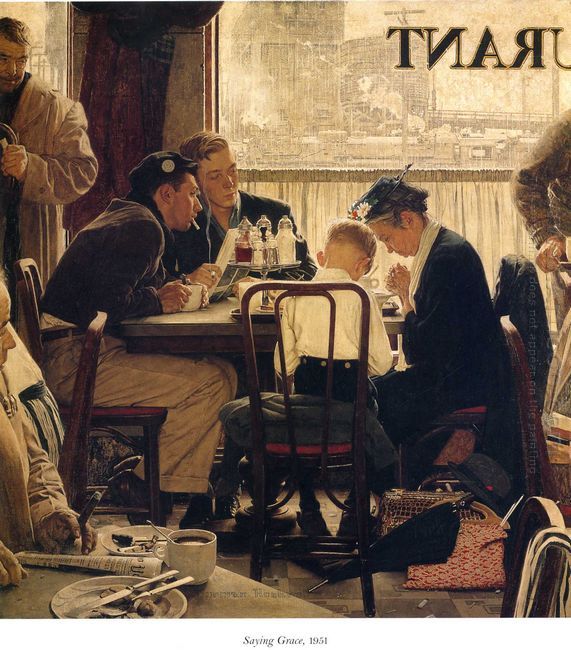Realism, also known as actualism, is an western art trend in 19th century. Generally, it is defined as a thought that is all about the fact and reality and excludes idealism. However, realism has a lot of definitions (especially in painting, literature and philosophy) in Liberal Arts. It can also be used in international relations. Realism always abandons idealizing imaginations and proposes to observe the outside of things precisely. According to this view, the broader realism contains many art trends of different civilizations. Realism stems from France, which is also the center, and later spreads to all the European countries. After the revolution of 1848, the "realism" appeared for the first time.
Generally speaking, realism has two definitions. The first one is the creation method of art. The other is the realistic description means of art. The most famous representative of realism is the painter, Gustave Courbet. He always describes the life of people that live in bottom, such as The Stone Breakers. He has a saying, "I can't draw an angel, because I have never seen him." The works of Courbet and others are realistic in technique of expression and have strong realistic spirit in their content.
When people discuss realism in art history, it is a definition with fuzzy boundary. Sometimes it means the whole art system that pursues objectivity reappearing after Renaissance. Sometimes it just means certain style tendency that emphasizes reality in the system.
As early as 1855, when Courbet started his personal exhibition and unfurled the flag with "realism" on it, Champfleury, the most important friend and supporter of Courbet, had pointed that "realism is used too broad as a definition" in his open letter. Therefore, they made a comparatively thorough conceptualization conclusion for realism-realism, referred particular to a historic movement in Plastic Arts, centered around France and prevailed in Europe in 1840-1880, its follow-up effects have a great influence to the world till today. The aim of realism, at least its initial goal, is trying to give the real world a realistic and objective image which is based on the most rigorous observation towards social life.






